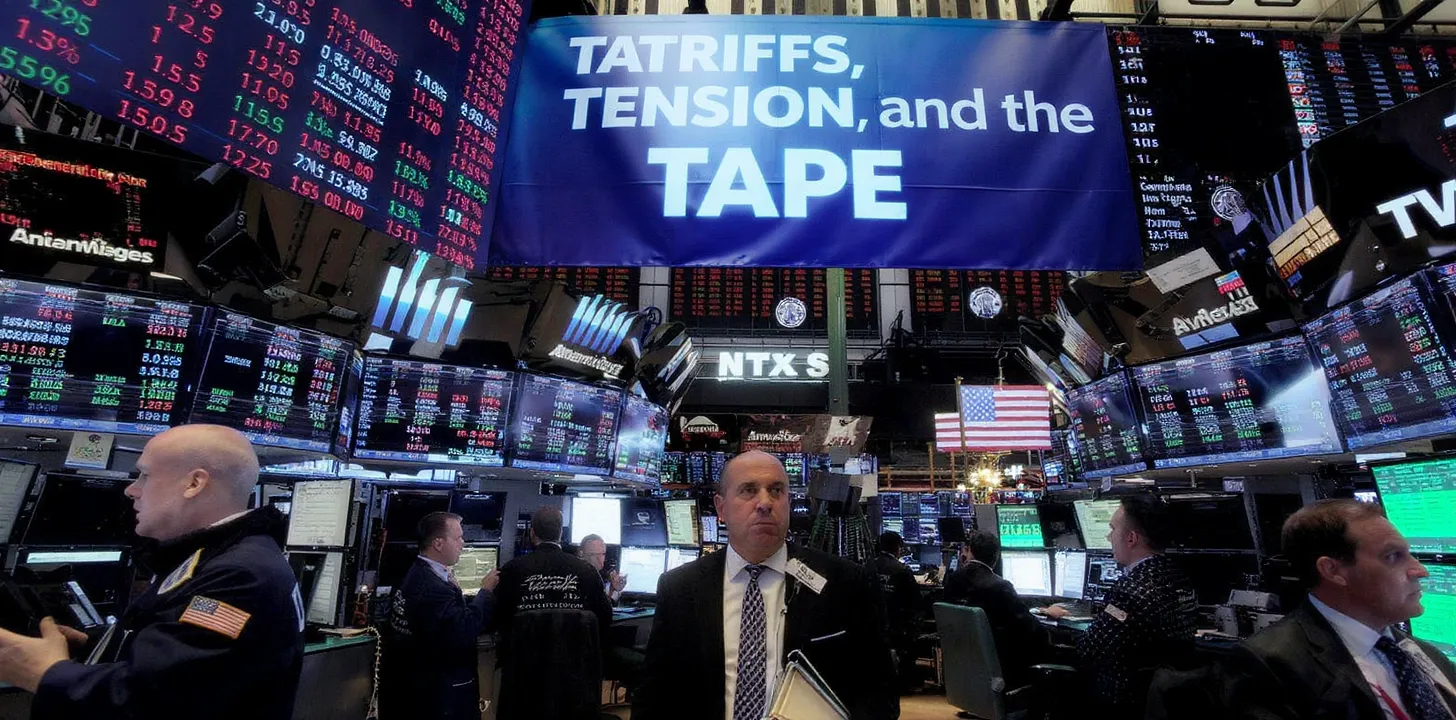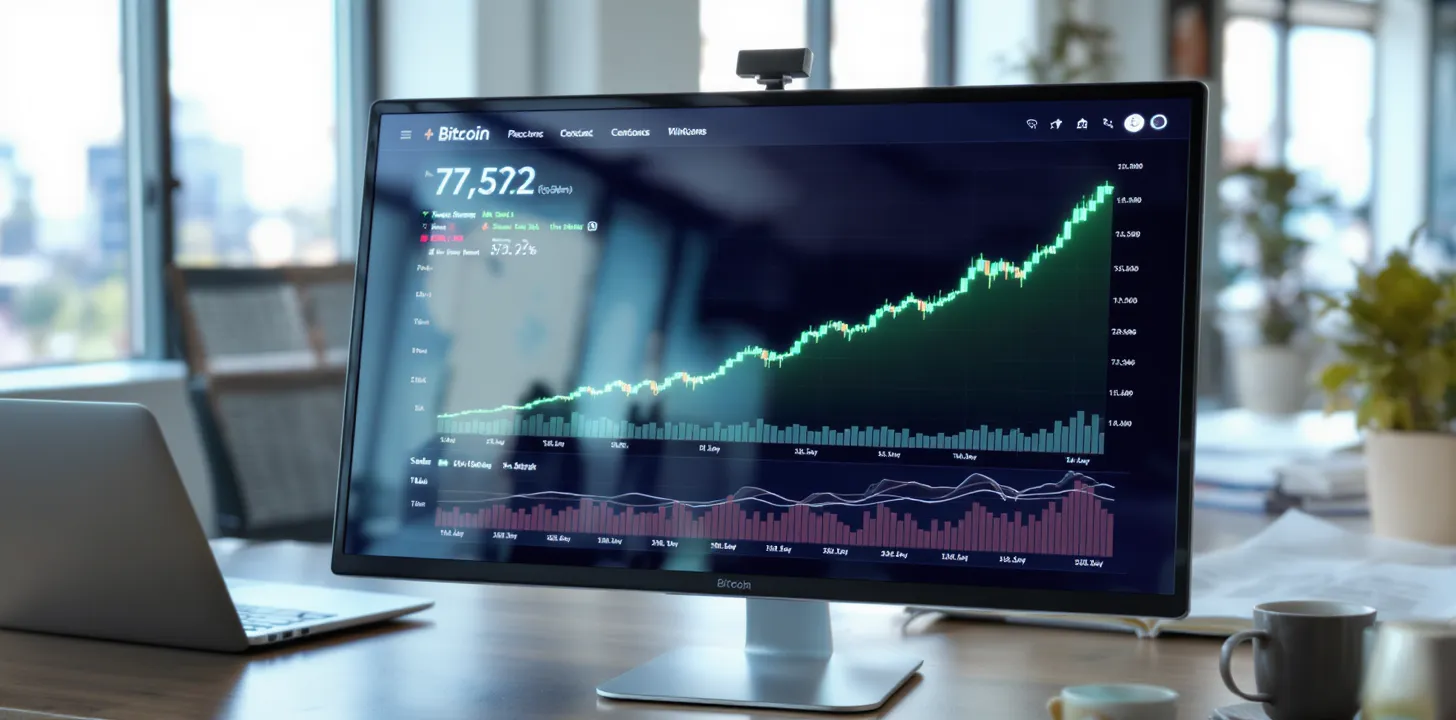Momentum Factors and Macro Indicators: A Winning Combination for Traders
Introduction: Momentum Meets Macro Insights
Momentum trading, a strategy built on the principle of "buy high and sell higher," has gained significant traction among traders. The strategy relies on the idea that assets showing strong recent performance tend to continue performing well in the near term. But what if we could enhance the predictive power of momentum factors by incorporating macroeconomic indicators? Combining these two realms can provide a powerful edge in trading.
Understanding Momentum Factors in Trading
Momentum factors focus on the rate of price change in an asset over a specific period. Traders use tools like:
- Relative Strength Index (RSI): Indicates overbought or oversold conditions.
- Moving Averages: Highlight trends in asset performance.
- Rate of Change (ROC): Measures the percentage change in price over a defined period.
Momentum strategies aim to ride trends, capitalizing on the behavioral biases of market participants who tend to follow the herd.
Role of Macro Indicators in Trading
Macro indicators provide a broader context for market movements, reflecting economic health, monetary policies, and geopolitical events. Key macroeconomic indicators include:
- Gross Domestic Product (GDP): A measure of economic growth.
- Inflation Rates: Influencing purchasing power and interest rates.
- Unemployment Rates: Reflecting labor market strength.
- Interest Rates: Set by central banks, affecting borrowing costs.
When used in conjunction with momentum factors, these indicators can help traders understand why trends exist and how long they might last.
Why Combine Momentum Factors with Macro Indicators?
Momentum factors excel at capturing short-term trends but lack the ability to explain their underlying causes. Macro indicators can fill this gap, offering insights into the sustainability of trends. For instance:
- A strong momentum signal during a period of rising GDP may indicate a sustainable growth trend.
- High inflation paired with momentum in commodity prices may suggest a temporary rally driven by cost-push inflation.
This blend provides a nuanced perspective, balancing technical signals with fundamental insights.
Practical Applications in Trading
- Equity Markets: Momentum in equity markets can be influenced by macro indicators like corporate earnings and interest rates. For example, a stock showing strong momentum during a rate-cutting cycle may continue its upward trajectory as borrowing costs decrease.
- Forex Trading: Currency pairs often exhibit momentum based on interest rate differentials. A strengthening U.S. dollar, combined with positive momentum, might be underpinned by hawkish Federal Reserve policies.
- Commodities: Momentum in commodities like crude oil or gold often correlates with macro factors such as inflation, geopolitical tensions, or shifts in demand and supply dynamics.
Case Study: Combining Momentum with Interest Rates
Consider a scenario where a trader identifies strong momentum in technology stocks. By analyzing macro indicators like interest rates, the trader notices that the Federal Reserve is maintaining a low-rate environment, fueling growth in the tech sector. This macroeconomic backdrop supports the momentum signal, increasing confidence in the trade.
Challenges and Limitations
While integrating momentum factors with macro indicators offers advantages, it also presents challenges:
- Lagging Nature of Macro Data: Macro indicators are often released with a delay, potentially missing rapid market changes.
- Complexity: Combining technical and fundamental analyses requires a steep learning curve.
- False Signals: Not all momentum trends are supported by macro fundamentals, leading to potential losses.
Best Practices for Using Momentum and Macro Indicators
- Data Analysis: Use reliable sources for macroeconomic data and ensure timely updates.
- Risk Management: Implement stop-loss orders to protect against unexpected reversals.
- Backtesting: Test strategies using historical data to evaluate their effectiveness.
Conclusion: The Power of Synergy
Integrating momentum factors with macroeconomic indicators empowers traders to make informed decisions. This synergistic approach provides a comprehensive understanding of market dynamics, combining technical precision with fundamental insights. As markets evolve, traders who adapt by leveraging these dual perspectives will likely stay ahead of the curve.



